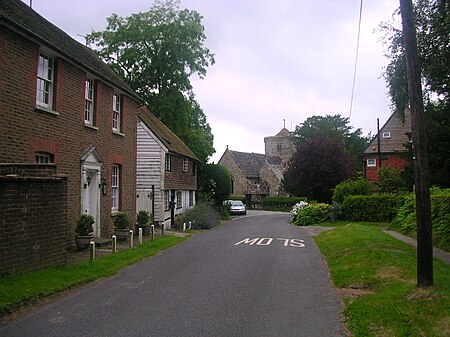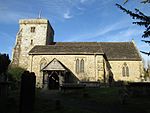The Millennium Seed Bank Partnership (MSBP or MSB), formerly known as the Millennium Seed Bank Project, is the largest ex situ plant conservation programme in the world coordinated by the Royal Botanic Gardens, Kew. After being awarded a Millennium Commission grant in 1995, the project commenced in 1996, and is now housed in the Wellcome Trust Millennium Building situated in the grounds of Wakehurst Place, West Sussex. Its purpose is to provide an "insurance policy" against the extinction of plants in the wild by storing seeds for future use. The storage facilities consist of large underground frozen vaults preserving the world's largest wild-plant seedbank or collection of seeds from wild species. The project had been started by Dr Peter Thompson and run by Paul Smith after the departure of Roger Smith. Roger Smith was awarded the OBE in 2000 in the Queen's New Year Honours for services to the Project.In collaboration with other biodiversity projects around the world, expeditions are sent to collect seeds from dryland plants. Where possible, collections are kept in the country of origin with duplicates being sent to the Millennium Seed Bank Project for storage. Major partnerships exist on all the continents, enabling the countries involved to meet international objectives such as the Global Strategy for Plant Conservation and the Millennium Development Goals of the United Nations Environment Programme.
The seed bank at Kew has gone through many iterations. The Kew Seed Bank facility, set up by Peter Thompson in 1980, preceded the MSBP and was headed by Roger Smith from 1980 to 2005. From 2005, Paul Smith took over as head of the MSBP. The Wellcome Trust Millennium Seed Bank building was designed by the firm Stanton Williams and opened by Prince Charles in 2000. The laboratories and offices are in two wings flanking a wide space open to visitors housing an exhibition, and also allowing them to watch the work of cleaning and preparing seeds for storage through the large windows of the work areas. There is also a view down to the entrance to the underground vaults where the seeds are stored at −20 °C (−4 °F). In 2001, the international programme of the MSBP was launched.
In April 2007, it banked its billionth seed, the Oxytenanthera abyssinica, a type of African bamboo.
In October 2009, it reached its 10% goal of banking all the world's wild plant species by adding Musa itinerans, a wild banana, to its seed vault. As estimates for the number of seed bearing plant species have increased, 34,088 wild plant species and 1,980,405,036 seeds in storage as of June 2015 represent over 13% of the world's wild plant species.












